UNDP's Arvind Kumar on the value of vernacular architecture and inter-agency coordination during earthquake response in Afghanistan.
Building homes while preserving knowledge and heritage following Afghanistan's earthquakes
April 1, 2024
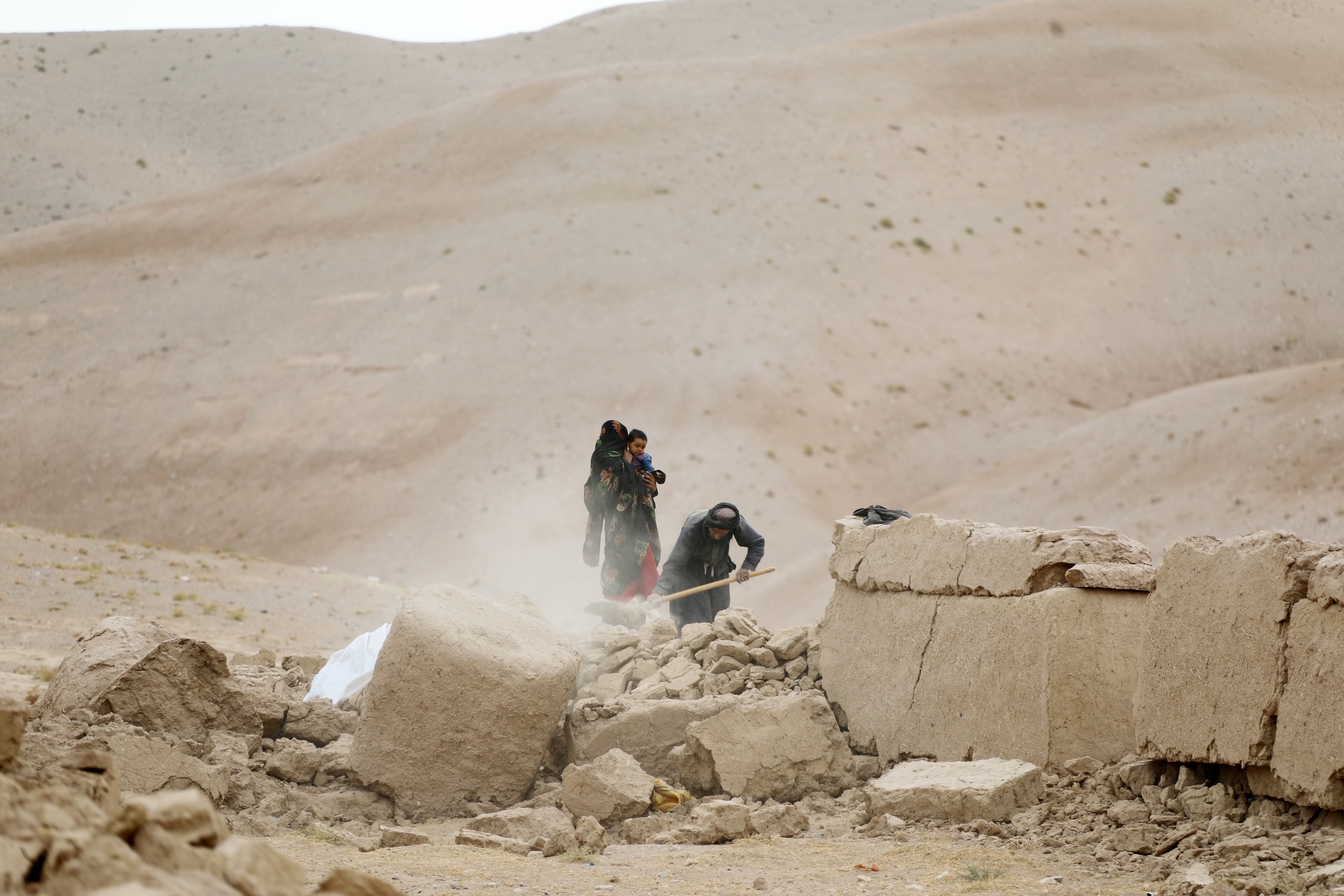
Eeartquake site, Chahak village , Herat
On June 22, 2022, Afghanistan was hit by a devastating earthquake, causing over 1,000 deaths and widespread destruction in the southeast Paktika and Khost regions. The disaster worsened the country's existing humanitarian challenges.
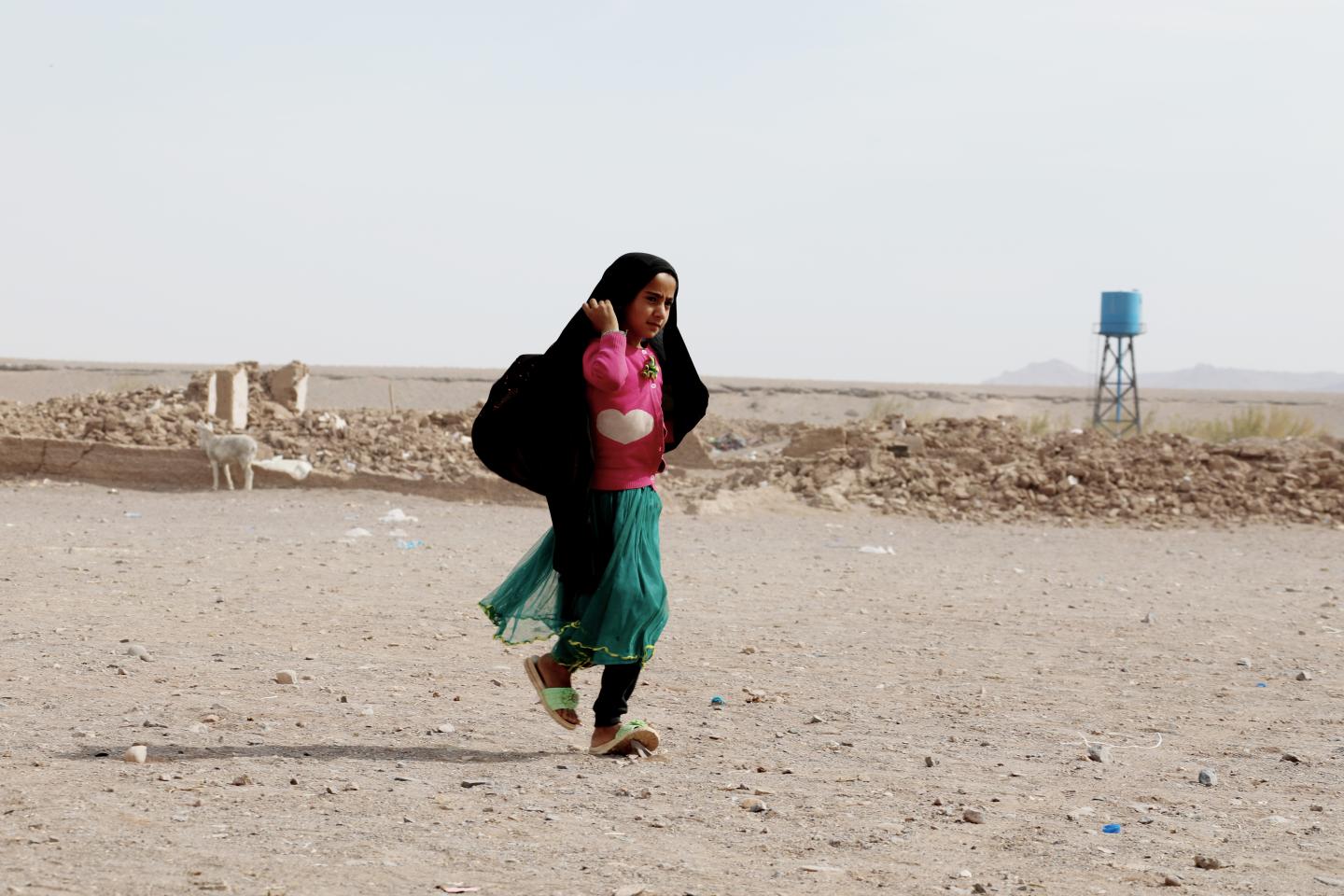
In 2023, Afghanistan experienced several earthquakes of varying magnitudes, with a series of earthquakes on October 7, 11, and 15 being the most severe in the western region particularly in Herat. These quakes claimed over 1,500 lives and injured more than 2,600 people, highlighting ongoing seismic risks and the country's vulnerability due to its geographic location and infrastructure weaknesses.
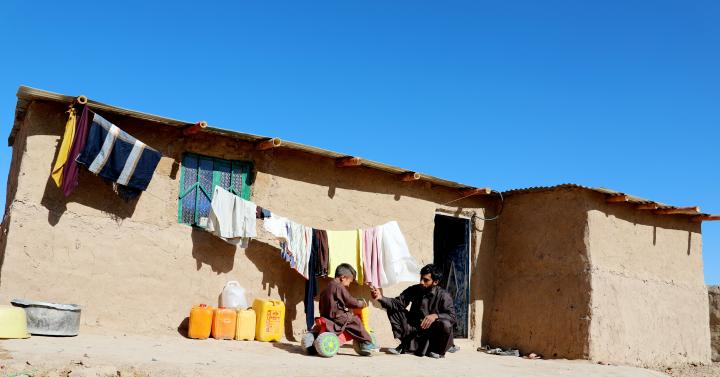
As the UNDP Programme Management Specialist working as the project lead for the earthquake response, I had the opportunity to support the communities in incorporating a localized approach to rebuilding following the devastation.
A robust humanitarian response was initiated after the destructive earthquakes in southeastern Afghanistan in 2022 and then again in the western regions in 2023. As part of early recovery efforts, UNDP collaborated with partners in the housing and shelter sectors, drawing upon its invaluable experience from similar initiatives in countries like India, Nepal, Peru, and Dominica, among others. This collaboration allowed UNDP to significantly contribute to the recovery process in Afghanistan, demonstrating its expertise and dedication and in assisting communities throughout the essential stages of recovery and reconstruction.
The people of Herat in western Afghanistan faced profound tragedy following three consecutive earthquake events. Buildings crumbled, doorways shattered, and personal belongings were scattered. Amidst the wreckage, survivors desperately sought to reclaim fragments of their past lives.
Families mourned the loss of loved ones, while the destruction of livestock, the cornerstone of their livelihoods, added to their despair. A relentless sandstorm cloaked the ruins, and families struggled to protect their young and elderly from this new threat. The overwhelming devastation and subsequent sandstorm painted a bleak scene, prompting many to flee, driven by the urge to escape the trauma that had befallen their homes.
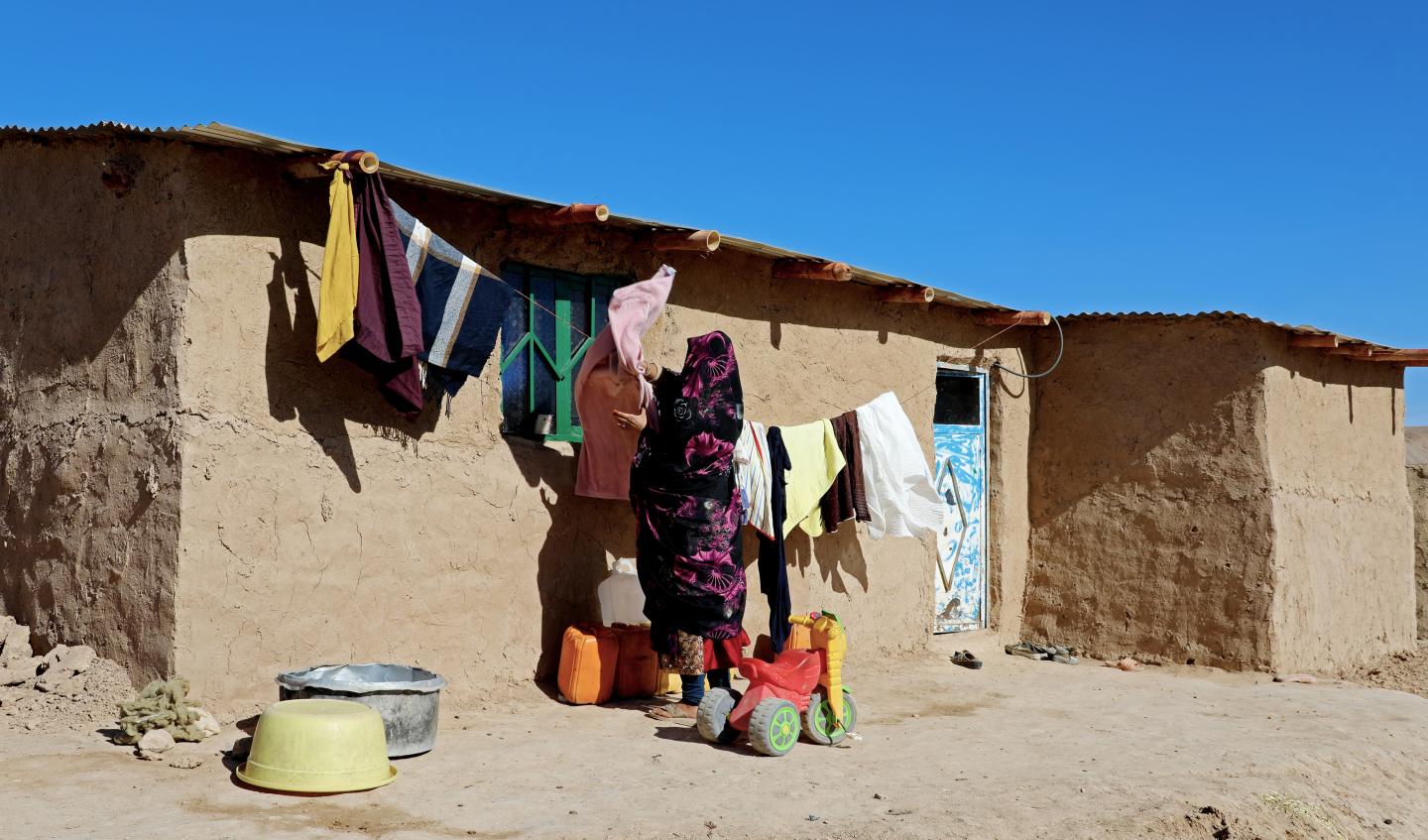
How can we retain history when rebuilding?
Afghanistan's architectural heritage is deeply rooted in its vernacular traditions, whereby locally sourced materials and designs have been adapted to unique regional demands. The country's geographical location in Central Asia, adjacent to South Asia, exposes it to severe weather fluctuations. Over generations, Afghan families have developed housing designs that consider the climate and optimize the use of essential resources like water for sustainability and comfort.
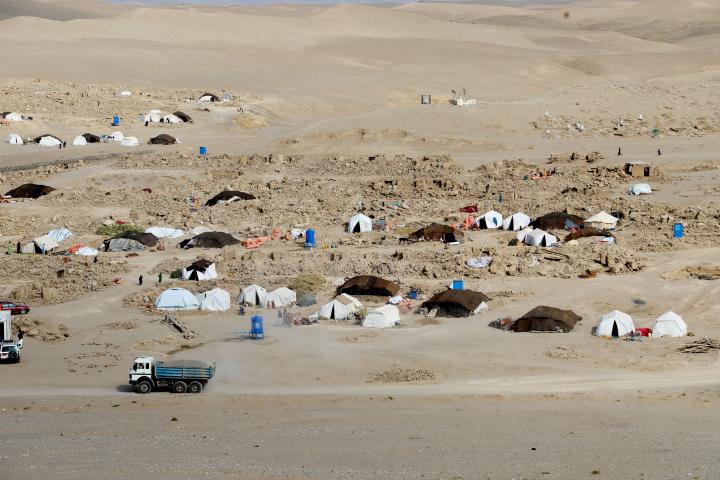
In the aftermath of disasters, there is a heightened emphasis on leveraging cutting-edge technologies for recovery efforts, acknowledging their capacity to bring about innovation and enhance outcomes. Yet, it is critical to customize these technologies to fit the unique landscape and needs of the communities they aim to aid.
While there is a strong inclination to introduce modern technologies in disaster response, there is a potential mismatch with the local context. These technologies may overlook the architectural wisdom passed down through generations and fail to help communities safeguard their distinct cultural identity. Following the 2022 earthquake in southeastern Afghanistan, a pressing challenge emerged: How can we assist communities to both preserve and leverage their knowledge and heritage during the crucial phase of reconstruction?
In this scenario, we identified a unique opportunity for UNDP to step in and offer complementary support, filling a vital niche. We explored the possibility of combining cultural preservation with modern technologies to support communities' resilience. In 2022, we started with the construction of 150 houses in Paktika and Khost provinces in the Southeast region, and all of them are now occupied.
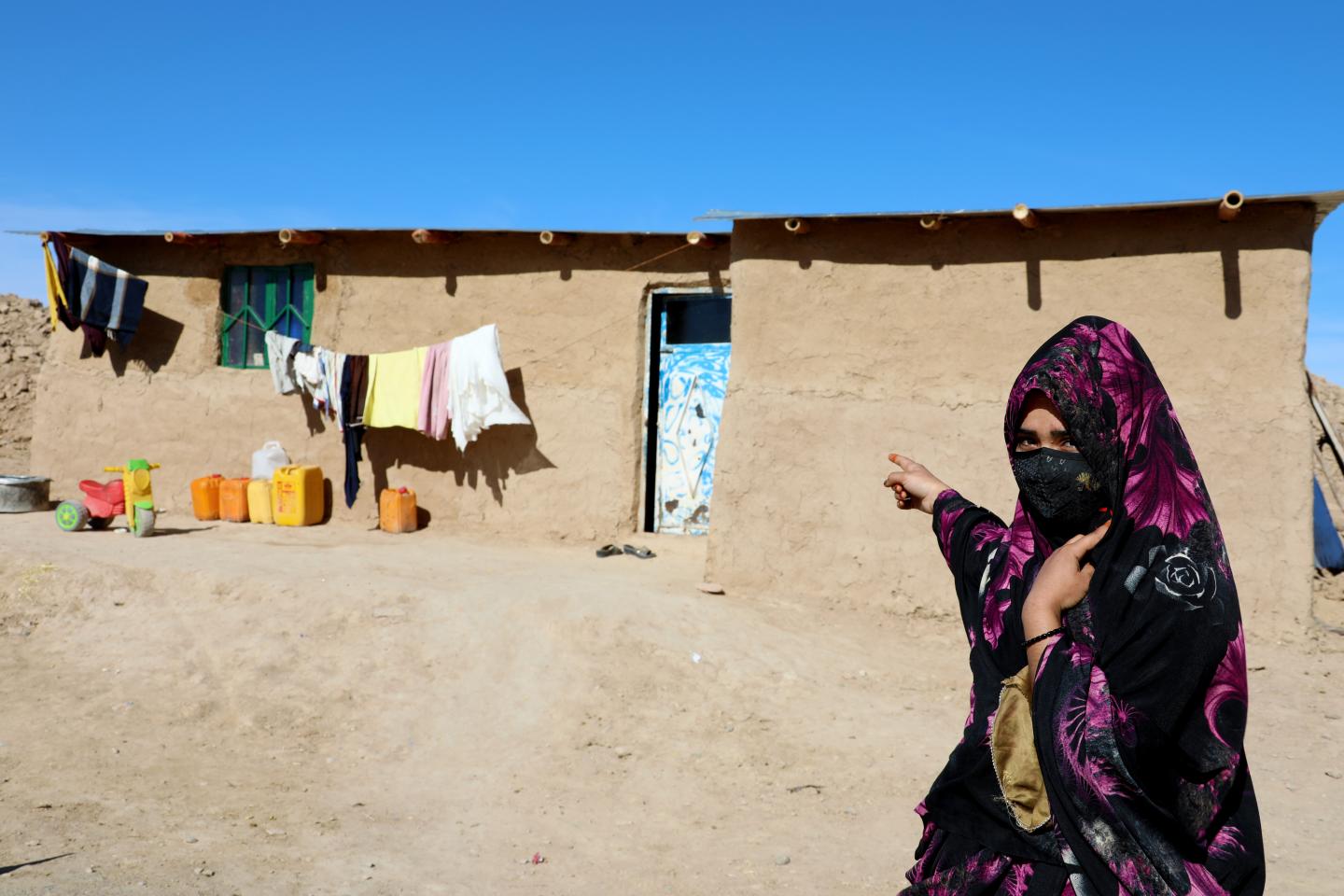
The earthquakes of 2023 in the western region had a much larger impact on housing, health, education, and agriculture sectors, resulting in a greater crisis. More than 13,000 houses completely collapsed, and approximately 37,000 require repair, retrofitting, and rehabilitation.We focused our available resources on providing targeted support (housing, sanitation, energy, and food) to as many families as possible within our capacity. To date, agencies and partners have reached around 4,000 families, which is less than 10% of the overall housing need.
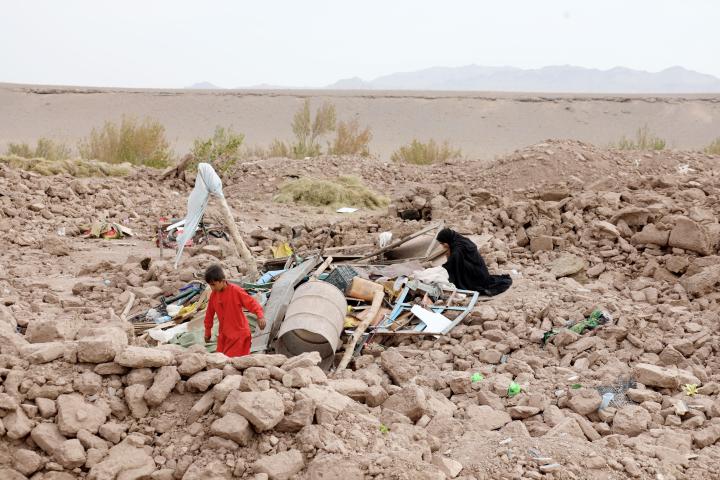
However, we saw an opportunity. We could work alongside communities and highlight the value of architectural knowledge and heritage. The Citadel of Herat, for example, represents ancient architecture similar to many housing structures in the rural areas of the region. These architectural designs have been passed down through several generations and are climate-adapted for housing and water resource management. In western Afghanistan, vernacular houses require minimal water usage, which is crucial in harsh summers and winters. Construction on such a scale requires climate consciousness and attention to conservation. After the 2023 earthquakes, vernacular architecture proved its value once again. Much of the technology used in this massive infrastructure project was already available a hundred years ago. Our role was to help existing technology be as earthquake resilient as possible.
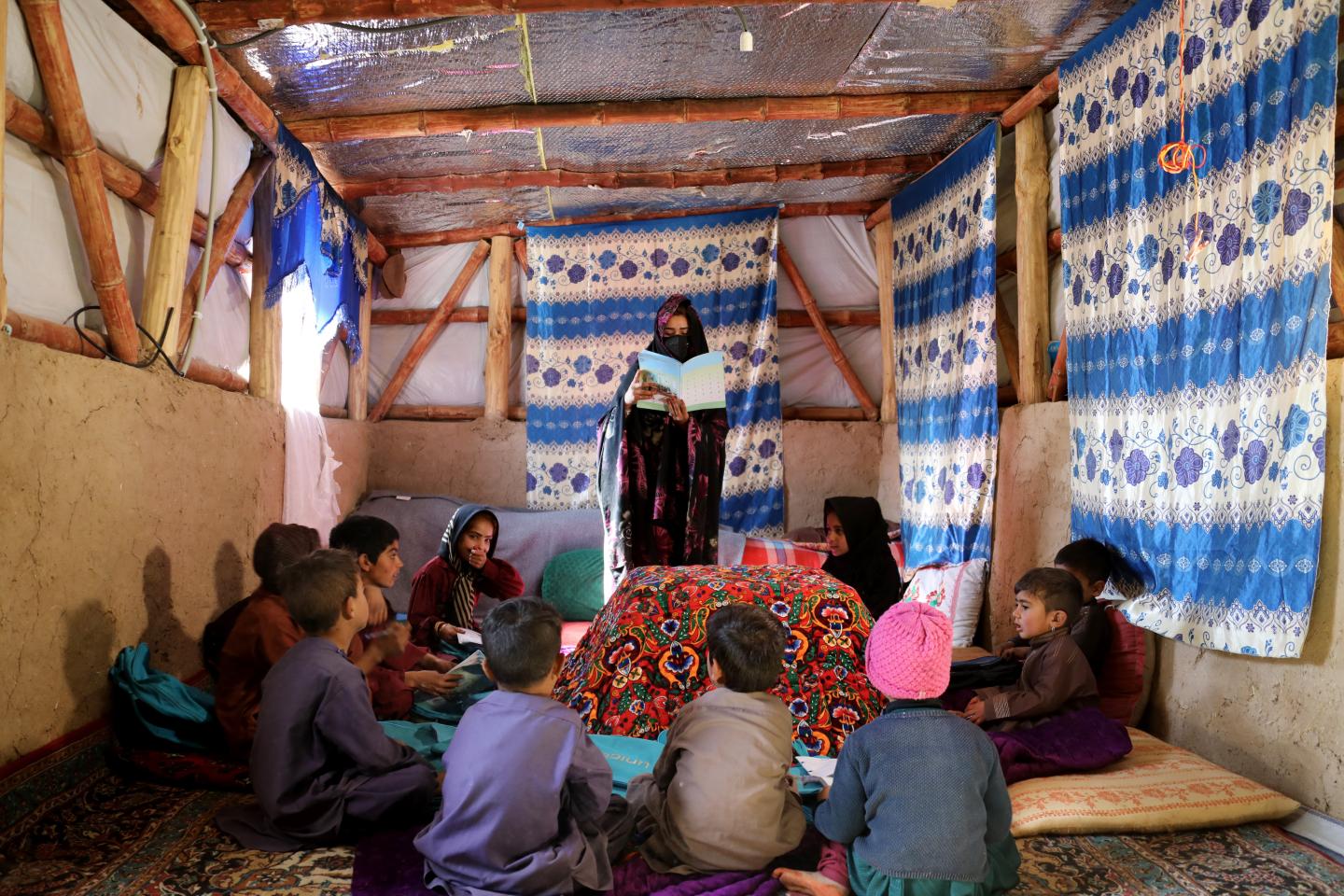
Consider the circumstances: winter approaching, limited time, a huge emergency, and limited resources. The small community of Cha Hak where the homes of some 235 families were damaged or destroyed, we saw an opportunity to swiftly employ vernacular architecture. In just two months, we built 235 transtional shelters, and all families are now properly housed. The impact is palpable. The community in Cha Hak experienced their first snowfall in February 2024, and these shelters provided protection for their families, children, elders, and assets.
Reconstruction after crises requires more than product-based technologies
Housing is not only bricks and mortar. Housing creates and preserves memories and emotions. Housing evolves as families evolve. They have their own lives, and are part of life journeys and family histories. In housing projects, supporting actors must focus on more than solely product-based technologies. Psychosocial considerations can help communities to feel true ownership of their new housing.
We saw a need for housing that can adapt to future needs. We connected with communities to help them make informed decisions. Not only that, we saw an opportunity for UNDP to do more than merely provide shelter. Here, UNDP could advocate for safe, sustainable housing that also preserves history and culture.
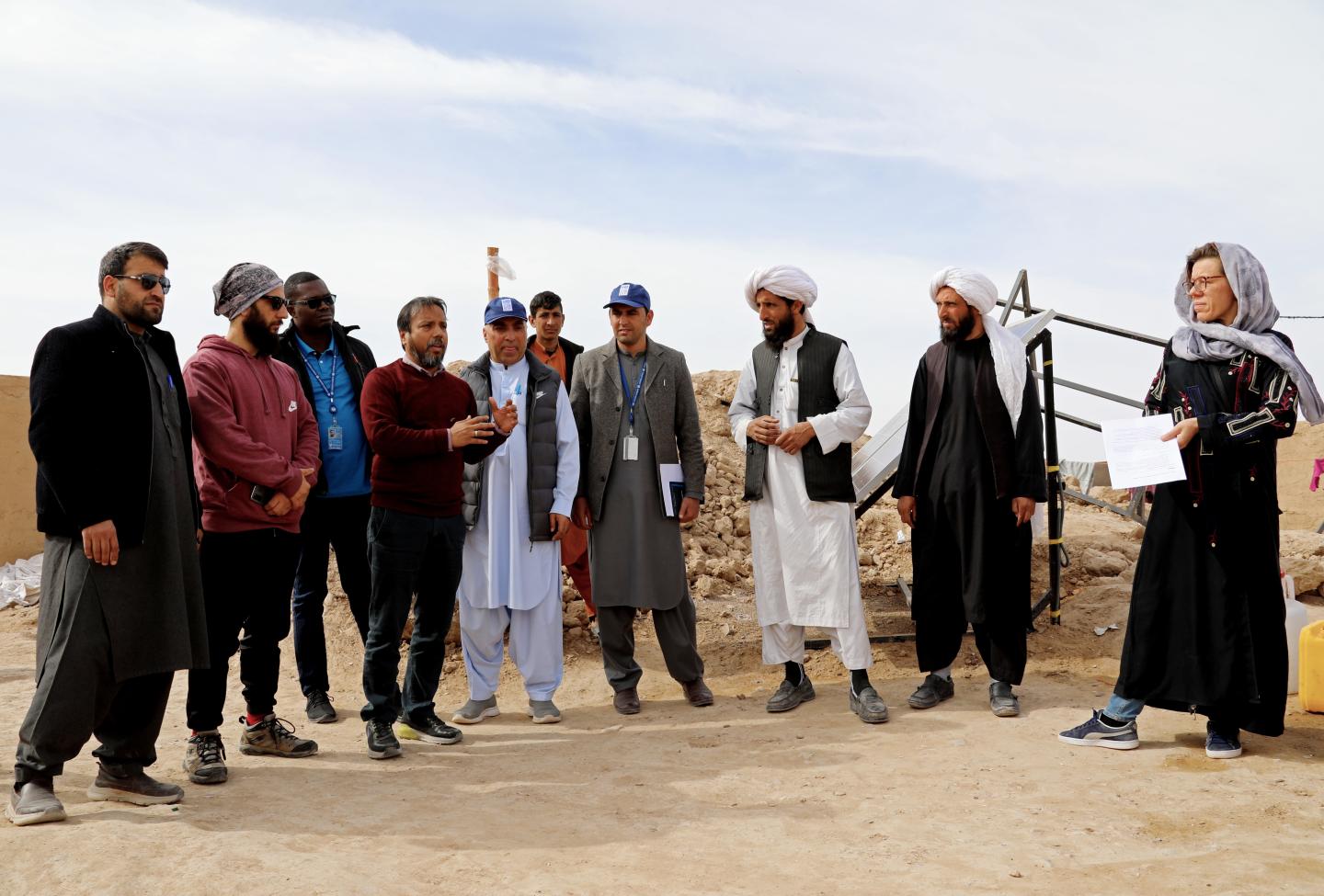
Consider the mountainous Hindu Kush region, encompassing countries across Central and South Asia. Seismic activity is on the rise. Major earthquakes have struck Nepal, Delhi in India, and now more recently, Afghanistan. If we do not prioritize the safety and education of communities, then those communities may face greater risk in the future.
In response, we are engaging local stakeholders with whom we are sharing knowledge and good practices to enhance earthquake preparedness. We are preparing to assist them in updating building codes and circulating those codes in their areas. Likewise, we are also preparing to showcase how earthquakes occur and damage houses in an effort to raise awareness of the efficacy of sound structures. From one Richter measurement to another, for instance, what degree of damage might be expected?
Partnership has delivered more than just shelter
Our earthquake response in Afghanistan goes beyond reconstruction and development. Engagement with communities has been critical. These kinds of crises require more than just a housing contractor modality. Communities need knowledge to prepare for the future while preserving heritage.
Coordination has been essential, allowing nine UN agencies, including UNDP, to effectively collaborate. In Afghanistan, our partnership with humanitarian organizations demonstrates our commitment to combining long-term development goals with immediate humanitarian responses. The partnership has not only facilitated shelter provision but has also enhanced access to water, food, sanitation, energy, livelihood opportunities, and disaster risk reduction initiatives. These collective efforts have led to the creation of a comprehensive earthquake recovery and reconstruction programme. Effective coordination has been instrumental in leveraging the strengths of each entity, embodying the Delivering as One UN principle through integrated and complementary actions.
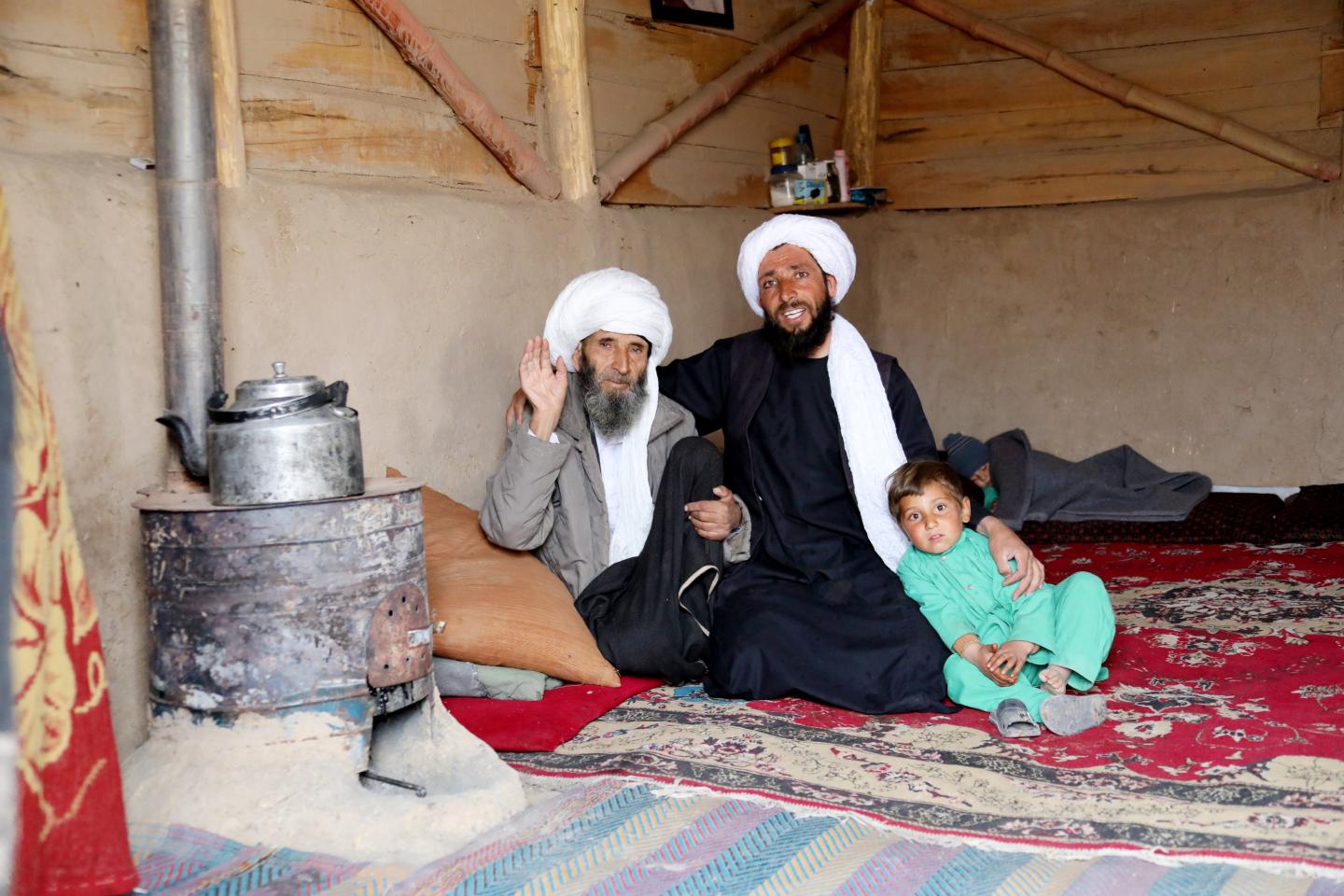
We believe that coordination has connected the dots. The Post Disaster Needs Assessment (PDNA), Household Building Damage Assessment (HBDA) and Joint UN Earthquake Recovery and Reconstruction Programme demonstrate are strong examples of humanitarian and development partners coming together for community well-being.

 Locations
Locations